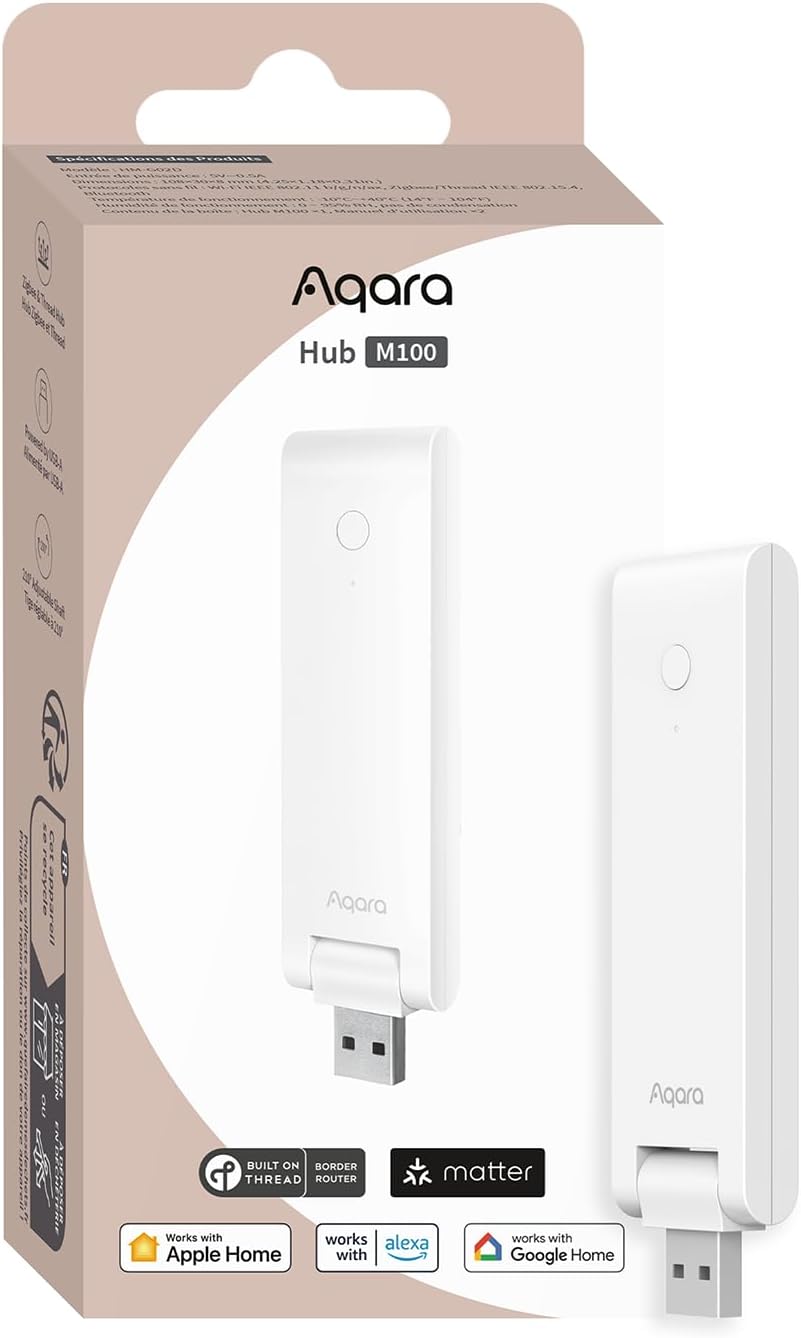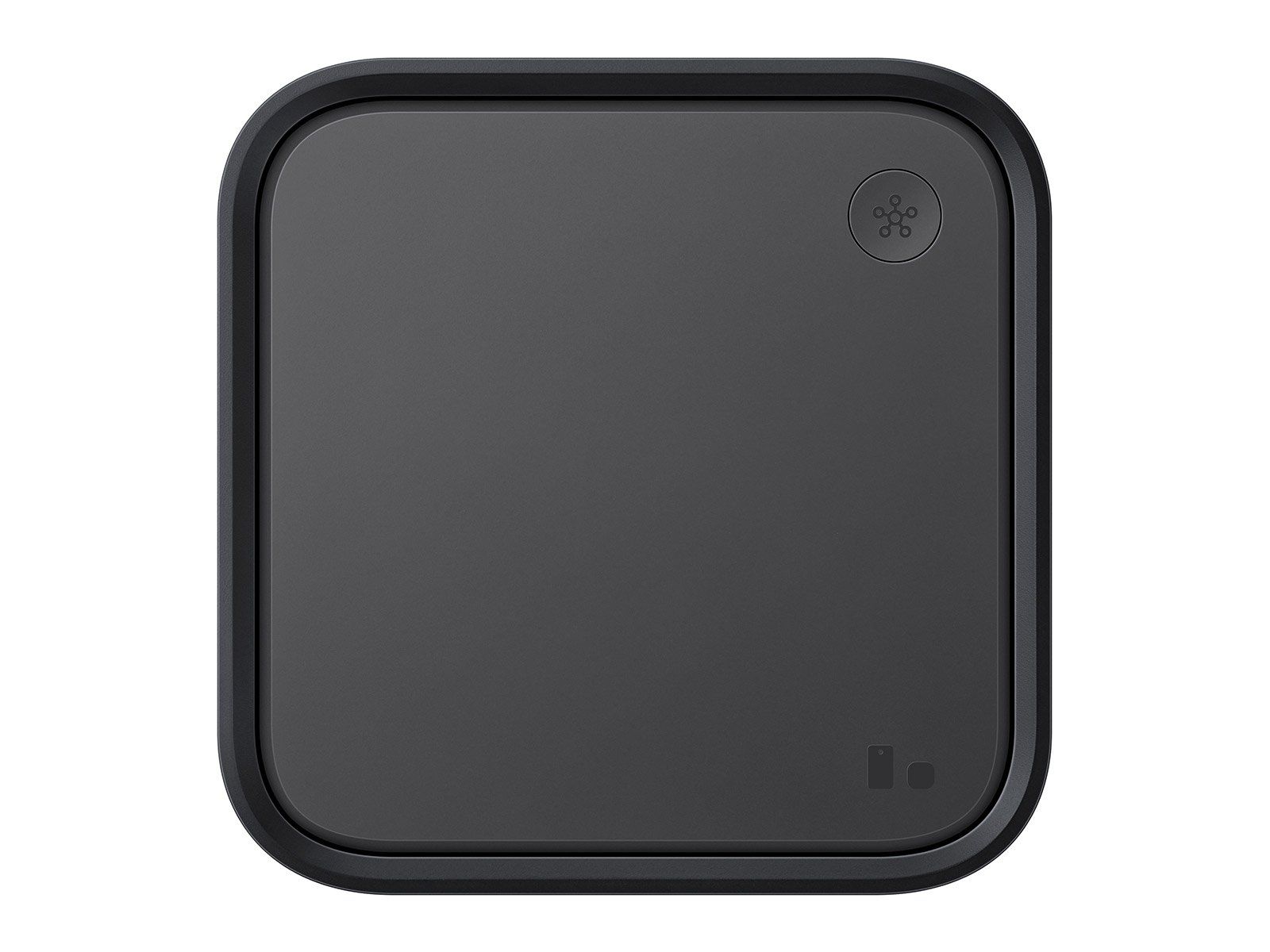At its “Works With” developer conference on Thursday, Silicon Labs detailed two developments for the Matter smart home standard: a concept for long-range operation using Sub-G frequencies and a new multiprotocol technology. As a major supplier of wireless chips for smart home devices, the company’s roadmap offers insight into potential future capabilities for the ecosystem.
A concept for long-range Matter
Silicon Labs dropped hints again for a proof-of-concept to run the long-range Matter protocol over Sub-G (frequencies below 1 GHz like 433MHz) wireless bands, in addition to its current operation on 2.4 GHz Thread and Wi-Fi, following the firm’s demonstration at Matter Open Day this year. The physical “properties” of Sub-GHz frequencies allow for greater range and signal penetration through obstacles.
This could extend a Matter network from tens of meters to hundreds of meters, covering devices in a yard or detached building. The architecture would likely require a specialized border router to bridge the Sub-GHz network to a home’s local network with the Thread mesh capabilities (What is Thread?).
While there is industry interest in such a feature, “Matter over Sub-G” is still a concept and has yet to be part of Matter spec yet. The company currently manufactures Sub-G chips, such as its EFR32FG series, that could support such an implementation. However, like Z-Wave, the approved frequency in this radio range could vary across different nations, making it challenging to become a universal solution.
Multi-protocole evolved
The company also detailed its latest Concurrent Multiprotocol (CMP) technology. It is designed for gateways and end-devices to allow them to communicate on a Zigbee network and a Thread network (for Matter) simultaneously, even on different channels.
This differs from previous “Dynamic Multiprotocol” (DMP) solutions, which used a time-slicing method where the radio had to switch back and forth between protocols. For instance, SmartThings Station and Aqara Hub M100 are utilizing this tech. CMP uses hardware-based channel switching, allowing a single chip to listen for Zigbee and Thread packets concurrently. According to Silicon Labs’ estimates, this method may offer up to double the performance in bandwidth and a lower packet loss rate. However, the trade-off for this concurrent operation is a slight decrease in the radio’s signal strength.
Silicon Labs stated that this multiprotocol capability is supported by its EFR32xG24 and EFR32MG26 series of SoCs, and will be included in its next-generation Series 3 chips.
(Source: Silicon Labs; Image Source: Silicon Labs)



